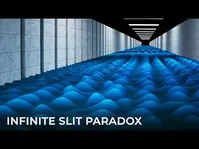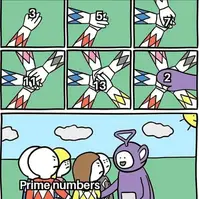- 31
- 49
- 9
- 7
- 3
- 11
Most interesting part for me is that the 4 units from the Very Large Telescope are physically connected through light pipes to combine into the final image. (19:40)
- 27
- 65
this LEGO project cost him 200K and two marriages but it’s the coolest thing I’ve ever fucking seen pic.twitter.com/RiFojMg9B7
— vids that go hard (@vidsthatgohard) March 19, 2025
https://youtube.com/playlist?list=PLs1rzjNLeXYLskrXdSAncTkcz50CrsBGY
Story about losing 2 wives and costing 200k is fabricated to shill a porn site:
https://x.com/vidsthatgohard/status/1902471705756381280
Helpful [46] Not Helpful [3]- 14
- 36
- 13
- 38
- BernieSanders : Exhibit A
-
X
: ^


- 44
- 36
That is, humans aren't adapted at their current level to be able to handle it.
Think of it like a Turkey that has s*x with a Turkey head on a stick. For the Turkey that is a high IQ technology it could never create on its own and doesn't have any immunity to being able to handle. It would likely take dozens of generations of Turkeys dying specifically to having too much s*x with a Turkey head on a stick for an adaption to emerge where the Turkey's could handle that level of technology without dying out.
The modern day internet is something similar to that. A technology that seeps away every waking minute of your time if you allow it and only active withdrawal and avoidance of the technology keeps you safe.
That is, the internet has become a 120 IQ technology given to a 100 IQ people. The technology is smarter than the people at getting them addicted harder than people are capable of avoiding it.
Most people think humans will be fine and the internet will not mess them up, but here is the thing, the internet isn't just an entertainment system you can just walk away from, but instead the internet is technology literally built upon tapping into human instincts to keep paying attention and remain focused on the screen at hand. The internet is technology literally designed to take advantage of bugs in our system, to take a feature that was once useful, and to then psyop it to make you simply keep watching the screen forever while everything around you dies.
It is the kind of mental influence and manipulation that takes generations for an innate defense mechanism to evolve. Which means that the only way to survive the internet is to either as an individual look for ways to actively avoid and control it, or to join a culture where one would be looked down upon for using the internet like an addict and would suffer actively for doing so in ways that make the dopamine chase of the internet an actively negative experience.
For the majority of humans, that is not the case. We aren't trained to hate addicting technologies or foods. Those of us who manage to find out exactly how deep the manipulation of our instincts goes are at best only able to save ourselves and never any group larger than that, because to get people to do something about the internet or over processed high addiction low satiety foods, one would not just need to have an answer that makes sense, but also a position of leadership or authority that makes people be willing to listen to you. For the majority of people who escape the matrix that is not the case.
We are surrounded by addictions that scale up in reeling us in faster than humans can adapt to them. These technologies are only becoming more advanced and personalized to be even more addicting over time, and while they have uses and potential, that is often overshadowed by the techniques used by such technologies to keep you constantly hooked 24/7. It is in this manner that humanity is dying, and set to keep dying for generations to come, until adaptations for the bugs in the human code that allow the internet and fast food to hack up can naturally emerge among the survivors.
In conclusion:
We are generations away from a population that would be capable of handling fast food or the internet. In the meantime, the best choice that you can make is to try your best to avoid it every waking moment, and to only go to it when you have no other option available, and to leave it as soon as possible, because there is a higher than 50% chance that you are biologically not designed to be able to adapt to and survive that addictiveness of the internet or highly processed food for that matter.
Use unhelpful site blocking software and keep blocking all sites that eat up your time without providing anything useful in turn until all you are left with is the useful internet. That is your best chance of being able to survive a useful technology with killer addictive designs.
Good luck.
Helpful article link:
https://www.lesswrong.com/posts/xEHy9oivifjgFbnvc/slack-matters-more-than-any-outcome
Edit:
I am trying to help you all. Please do not use this post as an opportunity to bully me.

- 3
- 4
- KawaiiFembee : Have s*x
- whatastory : title is giving false hope to manlets
- 42
- 45
- Chudlite : Women don't understand science
- 7
- 27
- 1
- 10






 s out - YouTube
s out - YouTube









 Chiefing Hoes Until Death
Chiefing Hoes Until Death 









 COMMUNITY NOTED
COMMUNITY NOTED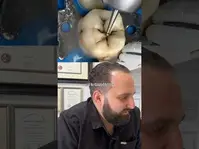




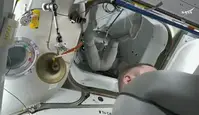


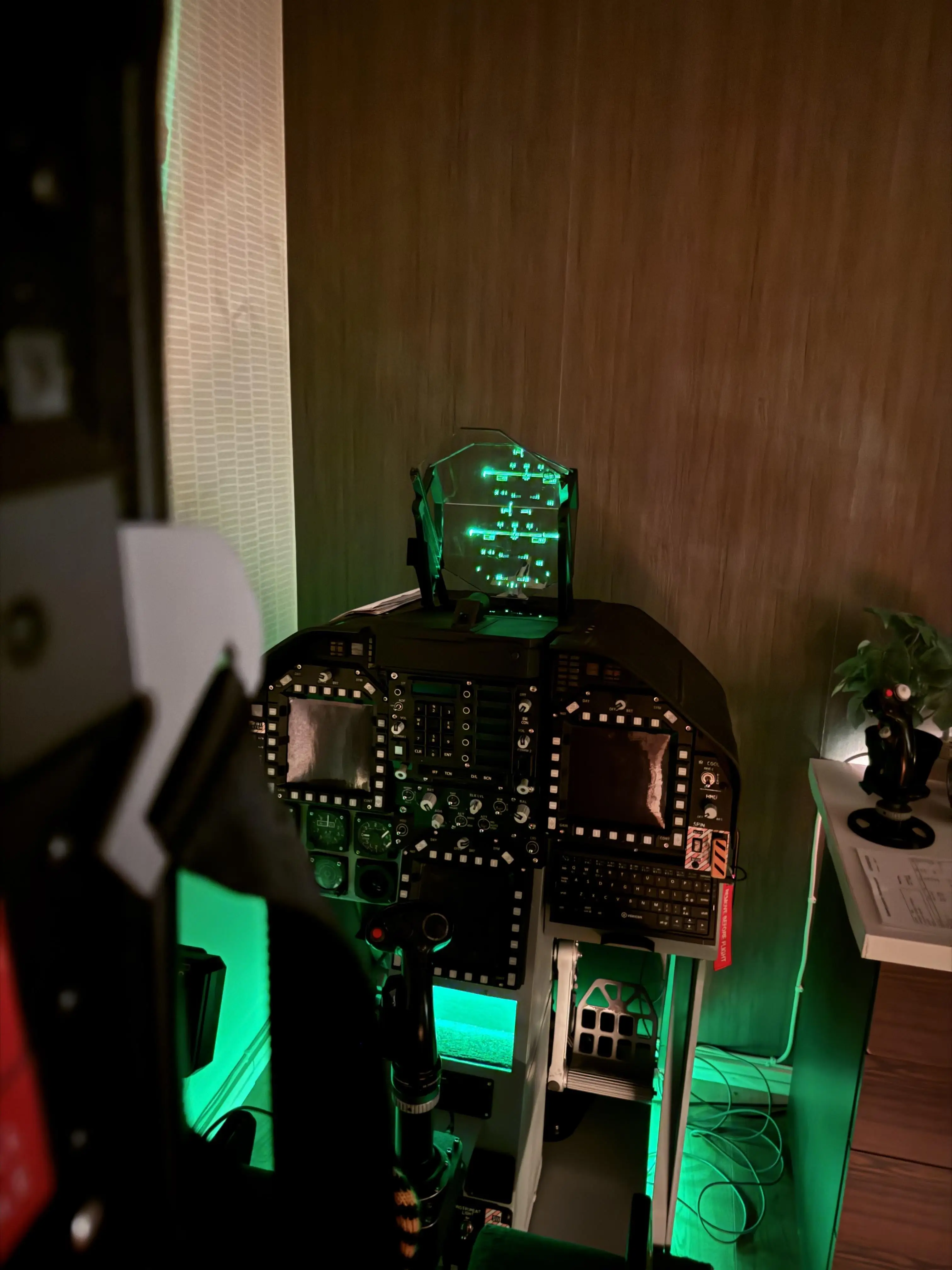


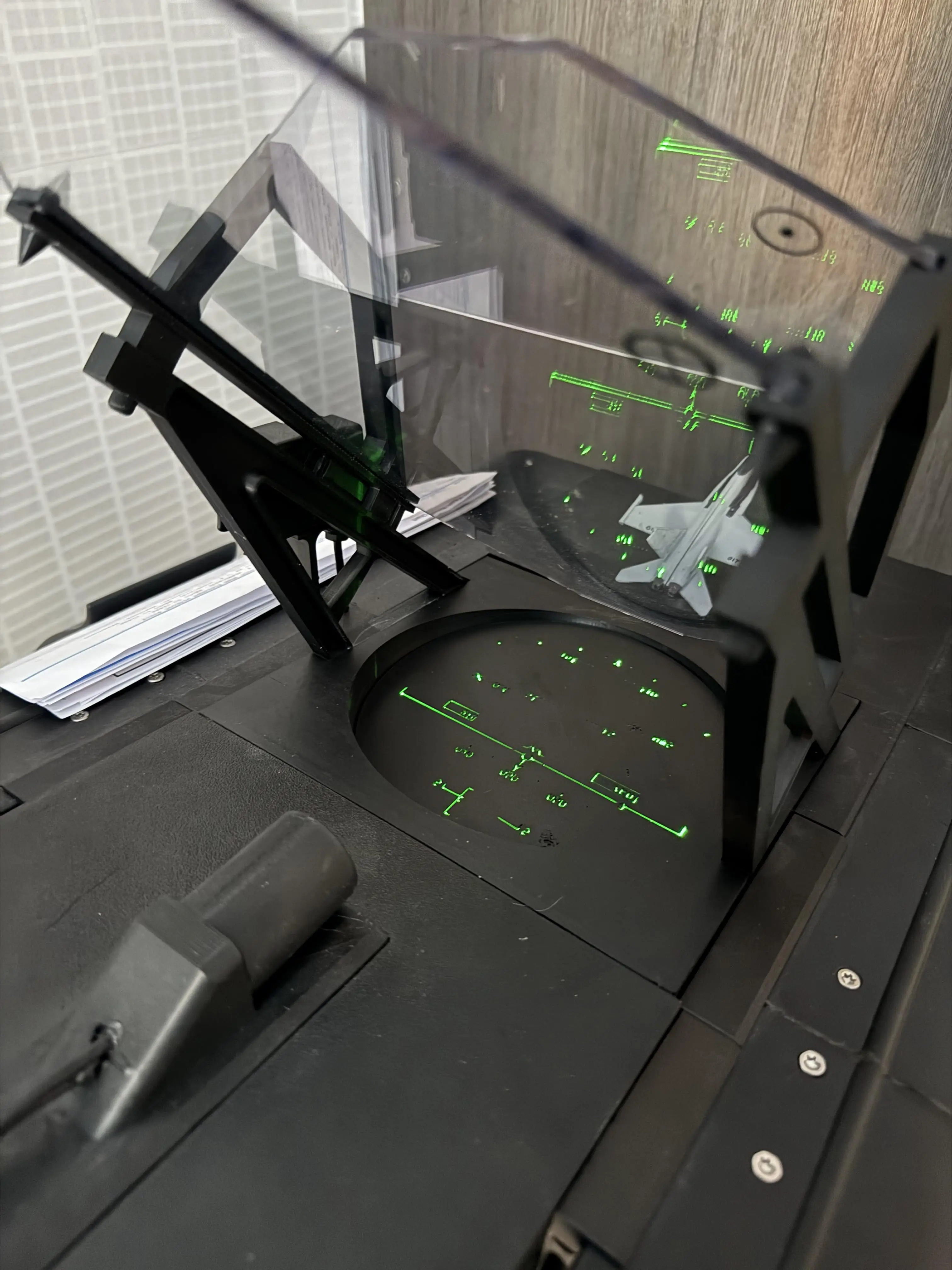
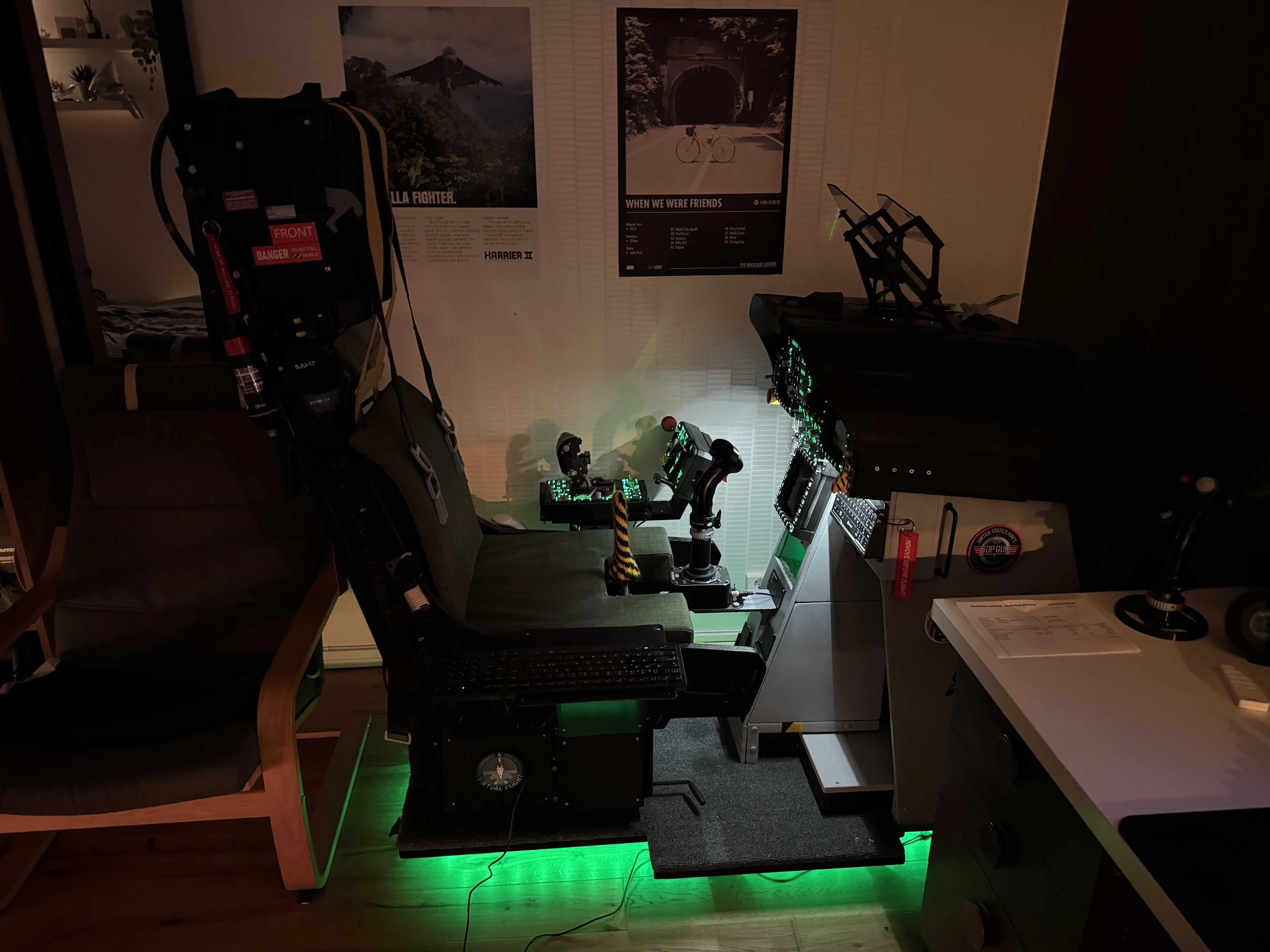

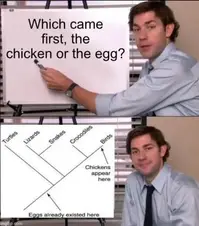




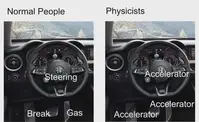





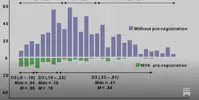

 Reads every one of his books. Goes insane and rants for 3 hours.
Reads every one of his books. Goes insane and rants for 3 hours.



